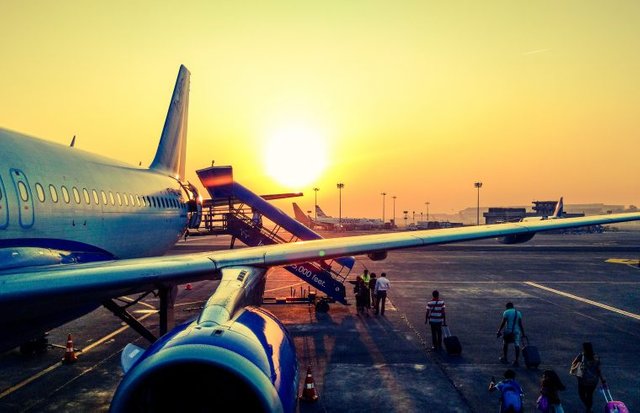Corona epidemic and the future of travel
The world is a book, and those who do not travel cannot read it. " There is no industry or branch of the economy that has not been affected by the epidemic. And Corona's aggression on the branch of the industry that has developed centering on the desire of the homeless to see the unknown, or to capitalize on emigration for the sake of necessity, should not be lessened.
According to the World Travel and Tourism Council, at least 100 million jobs in the travel sector, including hotels, restaurants and transportation systems, are slowly being lost or will be lost. Looking back on canceled vacation plans, business trips or family reunions from November-December, you are bound to see a steady downward spiral in the travel sector.At the same time, the frequent lockdowns or the open borders of the international border are a bit too much for the travel sector. And so the idea is that even if the epidemic ends, it will leave a lasting impression on the sector. As the chief executive of the Royal Caribbean Cruise said,
*Travel and tourism will prosper again but not by going back to the previous state. Rather, the sector needs to move forward in harmony with the new rules of the new world.

Source
Masks, social distance, fourteen days quarantine - let's see how the short and long term changes in the travel sector are actually happening.
*Can airlines ensure security as well as profit sharing?
Recently, travel bans have been gradually lifted, and international borders have begun to open up. Although the short-range airspace has been around since the beginning of the epidemic, we all know the picture inside. A limited number of seats are being ensured for passengers by leaving one or two seats vacant at regular intervals. In this case, the airlines are struggling to make up for the shortfall in their 'break even load factor'.
Simply put, the ‘break even load factor’ is the cost of operating an aircraft when the average number of seats is filled in the conventional fare per flight. In the case of most airlines, this factor has to be 75-80 percent. But at present it has come down to 55-60 per cent, as well as the cost of internal cleaning, monitoring, health check-ups is increasing but not decreasing. In this struggle for survival, small companies are gaining momentum, while at the same time increasing future uncertainty.
According to many experts, it is not yet clear exactly how long such limited passenger transport will be possible. Because there will come a time when human pressure will start to increase as soon as the need arises.So a lot of future changes are going to be predicted. Companies have already begun promoting new guidelines to ensure maximum safety of passengers, including the use of robotic or ‘touch-less’ technology at various stages of security imaging, widening access or exit routes, and biometric screening.